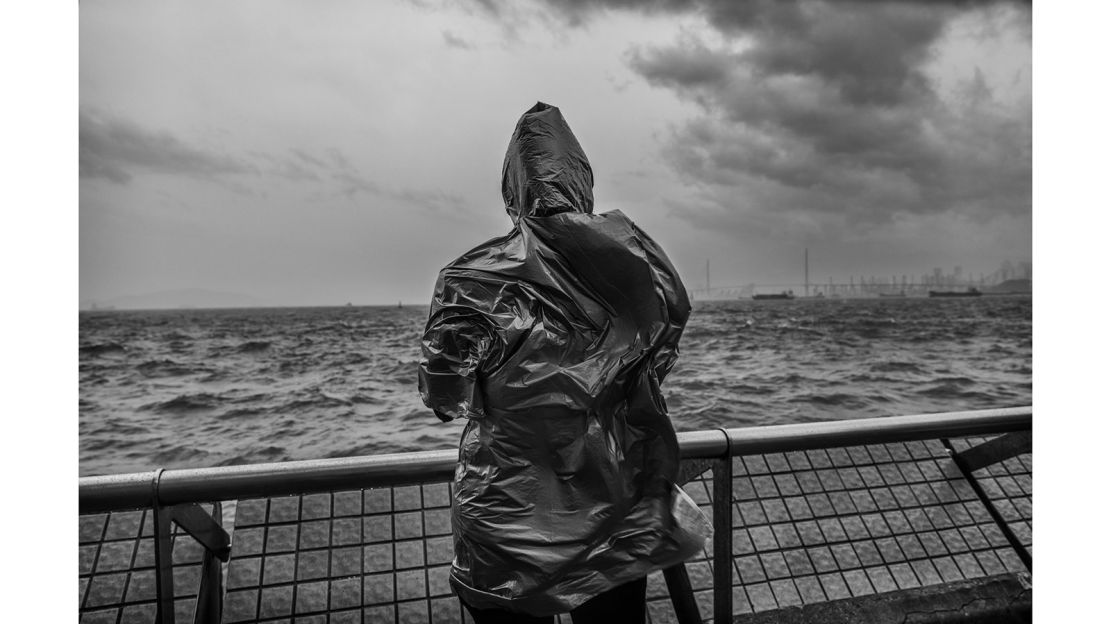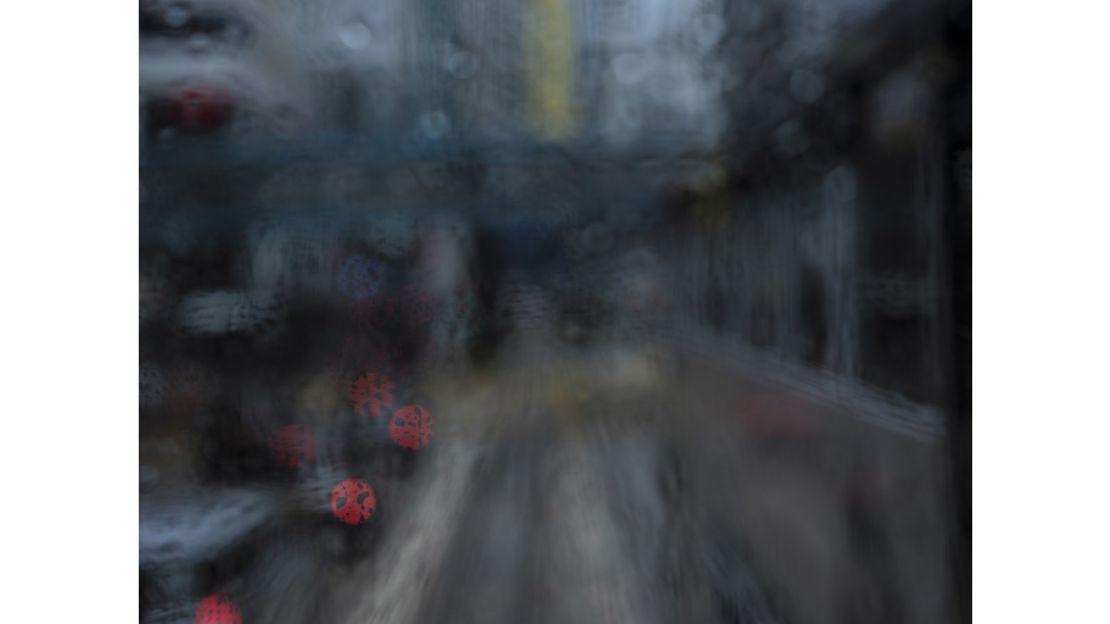The Merriam-Webster Dictionary defines the term “feng shui” as: “A Chinese geomantic practice in which a structure or site is chosen or configured so as to harmonize with the spiritual forces that inhabit it.”
But it doesn’t have to be that literal.
At least not for travel photographer Palani Mohan.
“Feng shui is a thousand-year-old tradition, it means different things to different people,” says Mohan, whose work has won awards from World Press Photo and Pictures of the Year International.
“You could make your house very feng shui and look at all the very finer, minute details or you could look at it the way I look at it, which is placing things where you feel comfortable placing them.”
Mohan’s latest photography book about Hong Kong is named “Wind, Water” – the literal English translation of feng shui – and captures the city with a different, perhaps more spiritual, approach.

Feng shui as inspiration
In the book, feng shui acts as a vehicle to illustrate the more peaceful side of Hong Kong through its five elements: water, wood, fire, earth and metal.
“I’m using feng shui as an inspiration, as a catalyst for looking at Hong Kong within those elements,” says Mohan.
The new book is unlike his previous two books on Hong Kong, which primarily focused on daily life, in that he hopes to convey the feng shui and chi, roughly translated as energy, of the city.
“It’s a lot about the wind, the water and the typhoons and the clouds, it’s that part of Hong Kong that I wanted to show,” says the photographer.
“I’m looking at the city in a different, mature way. It’s like an old relationship, when you’ve been married for a long time, it’s a different type of appreciation that you get.”
Even the physical book itself is designed with elements of feng shui in mind, from the rounded, numberless pages that help “the chi flow down,” and the lack of words accompanying the images, to the ISB number that Mohan made sure had lots of 8s and 9s – which are considered lucky.

Hong Kong has the greatest energy on earth
If you flip through the pages, you’ll notice there are hardly any people in the images. This was no accident.
“I didn’t see the 7 million people, I didn’t see the 16 million cars, I didn’t see the trams, I didn’t see the pollution not because I wanted not to see it, I just didn’t see it,” says Mohan.
Instead, he felt it. The images are tied to this feeling.
Whether it’s a dramatic landscape of water during a storm spread over two pages or a blurred image of fire during a festival, movement is key.
“Hong Kong has the greatest energy in the world,” says Mohan. “It’s not the people, it’s about the environment, it’s about where Hong Kong is placed.”
He recalls how a feng shui Master told him the top of Victoria Peak has the greatest chi in the world.
“When you’re on top of the Peak and you look down you feel good…there’s something amazing and that feeling you get, it’s hard to describe, that’s the chi, that’s the feng shui.”
Mohan’s 6th book, “Wind Water,” published by Kehrer Verlag in December 2017, is now on sale. You can find it at Mohan’s website.








